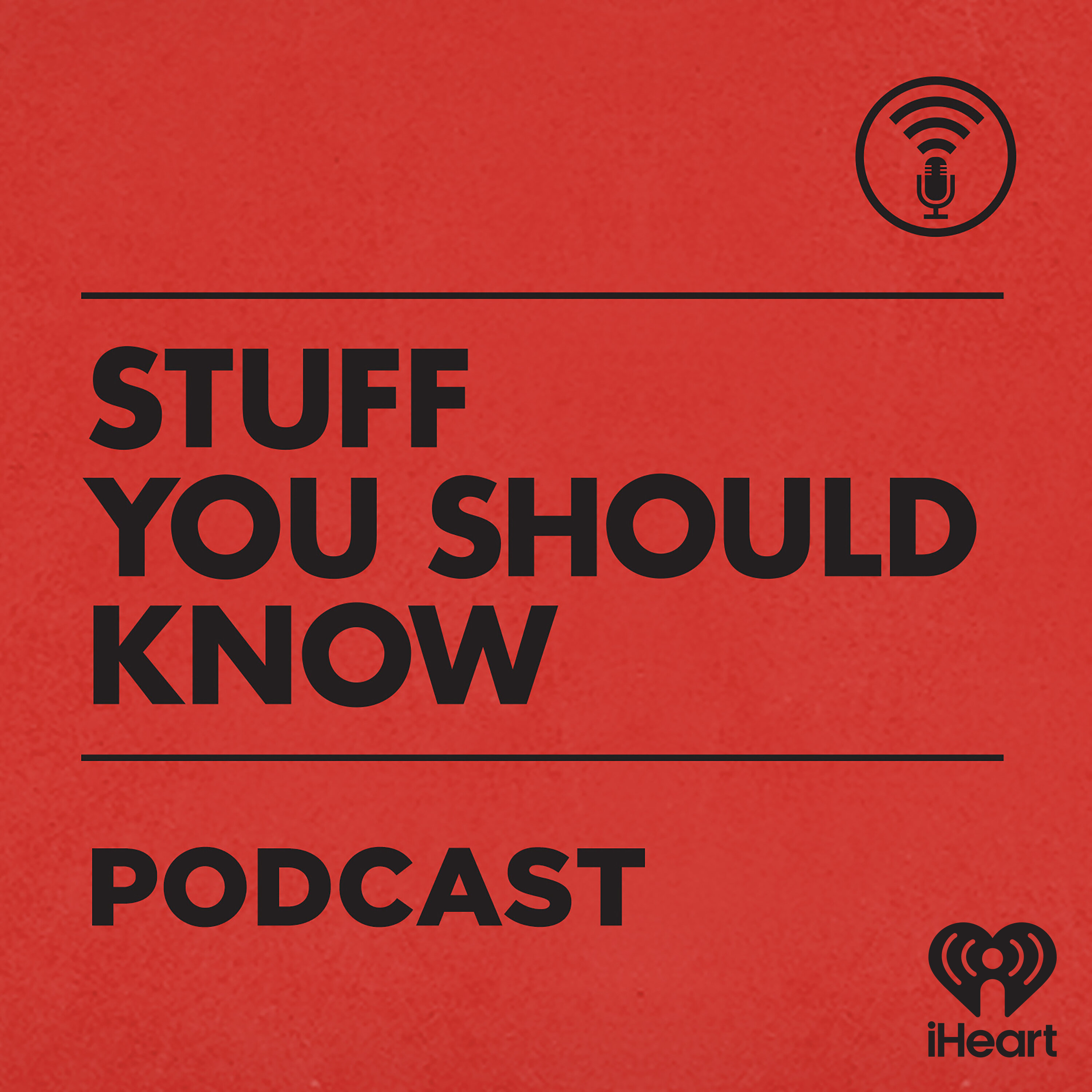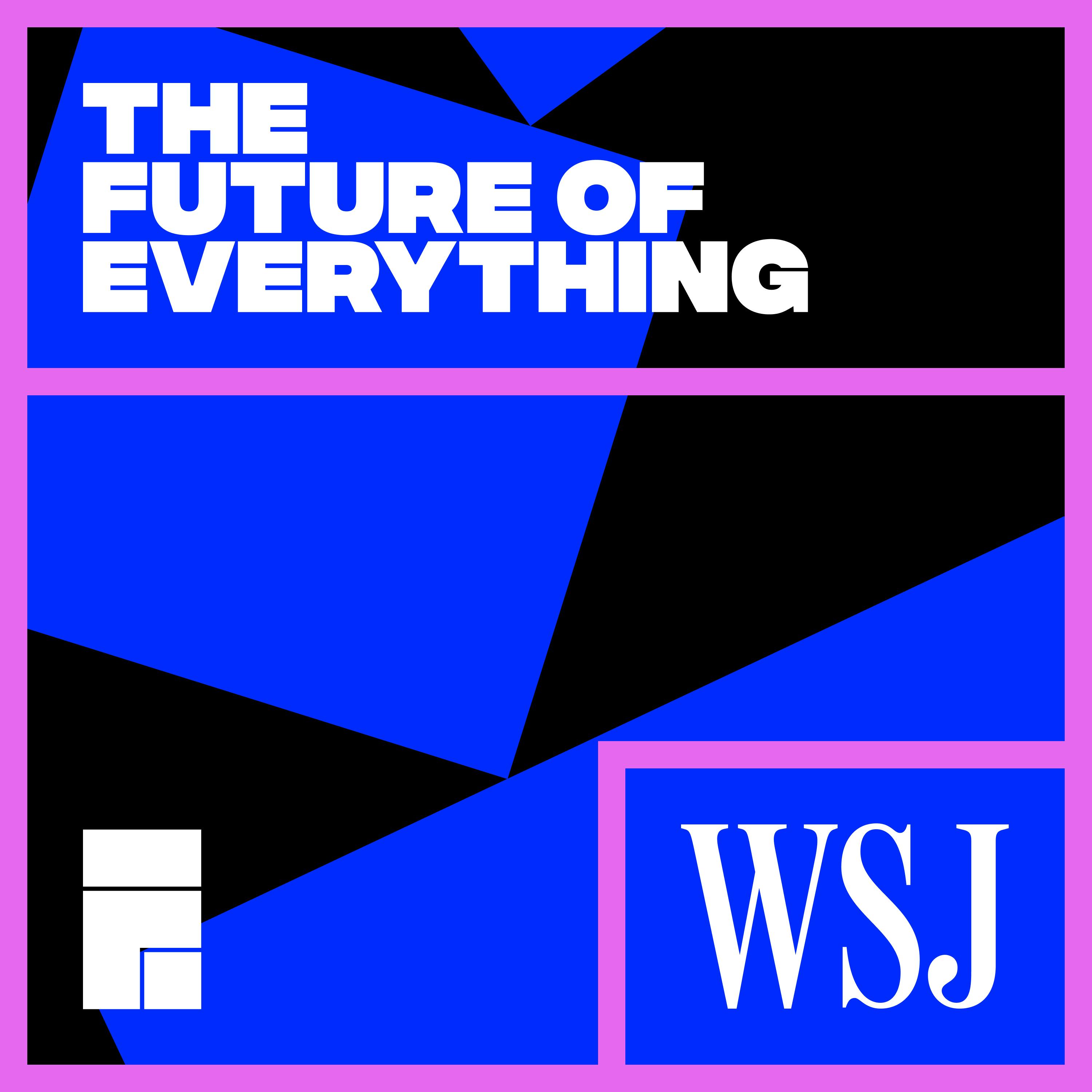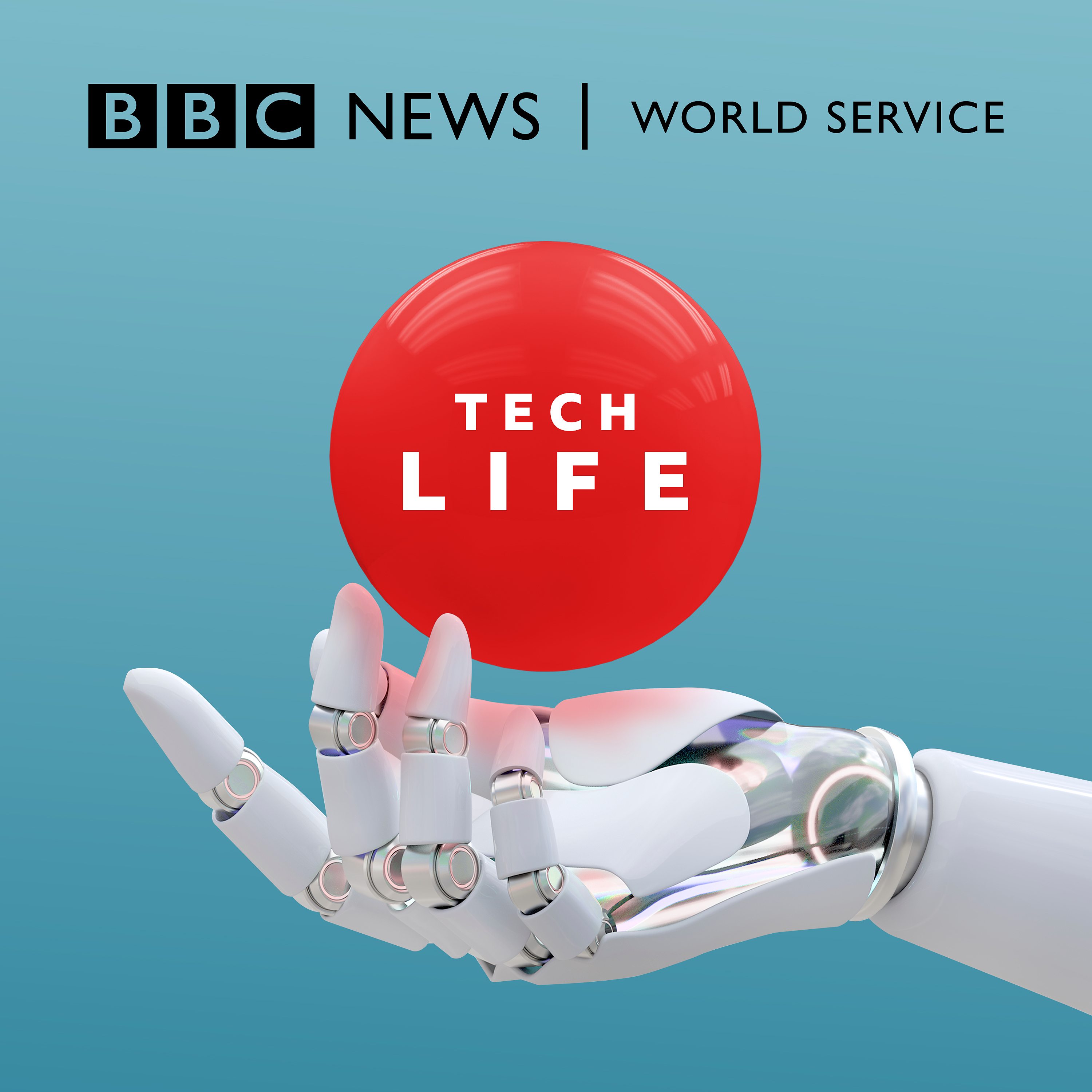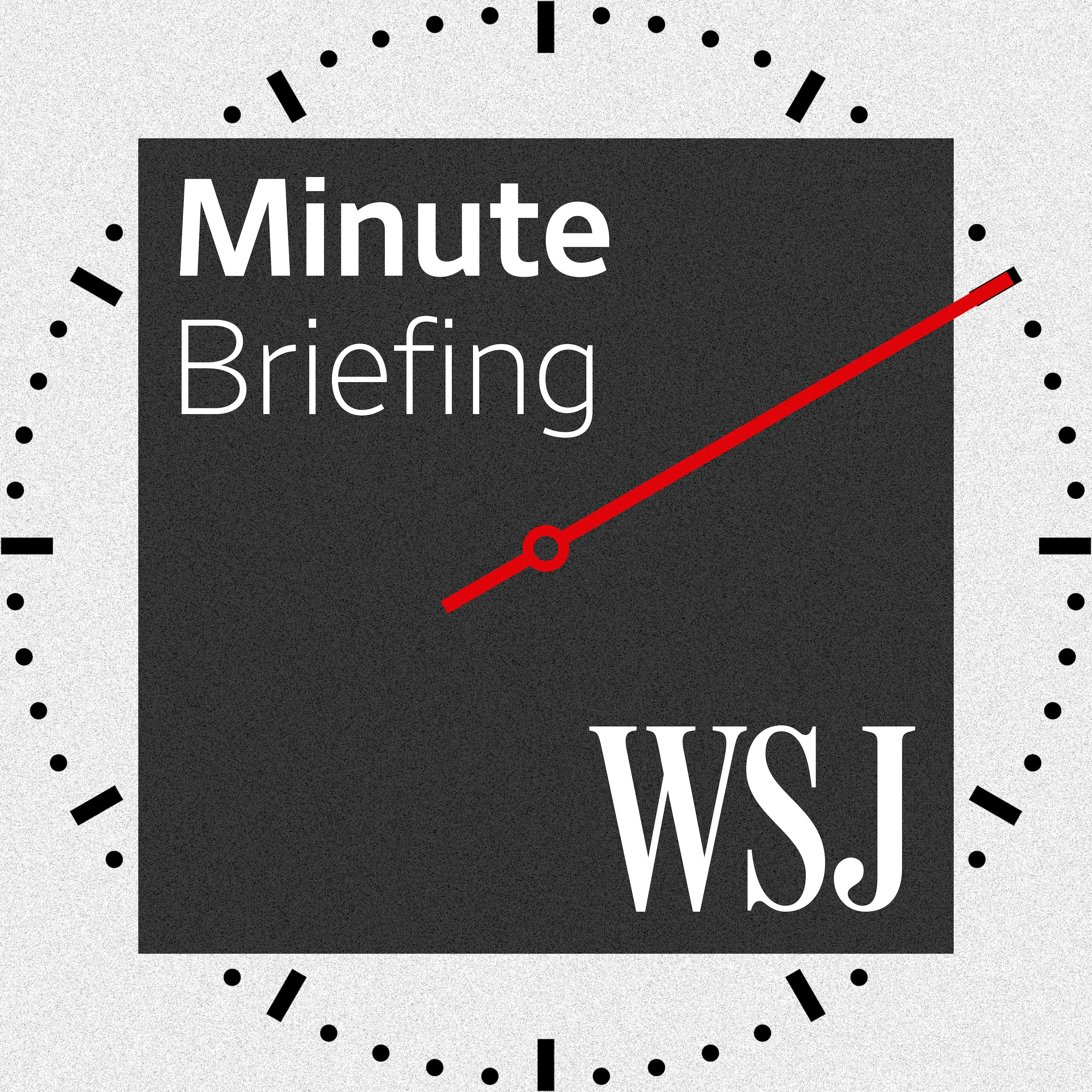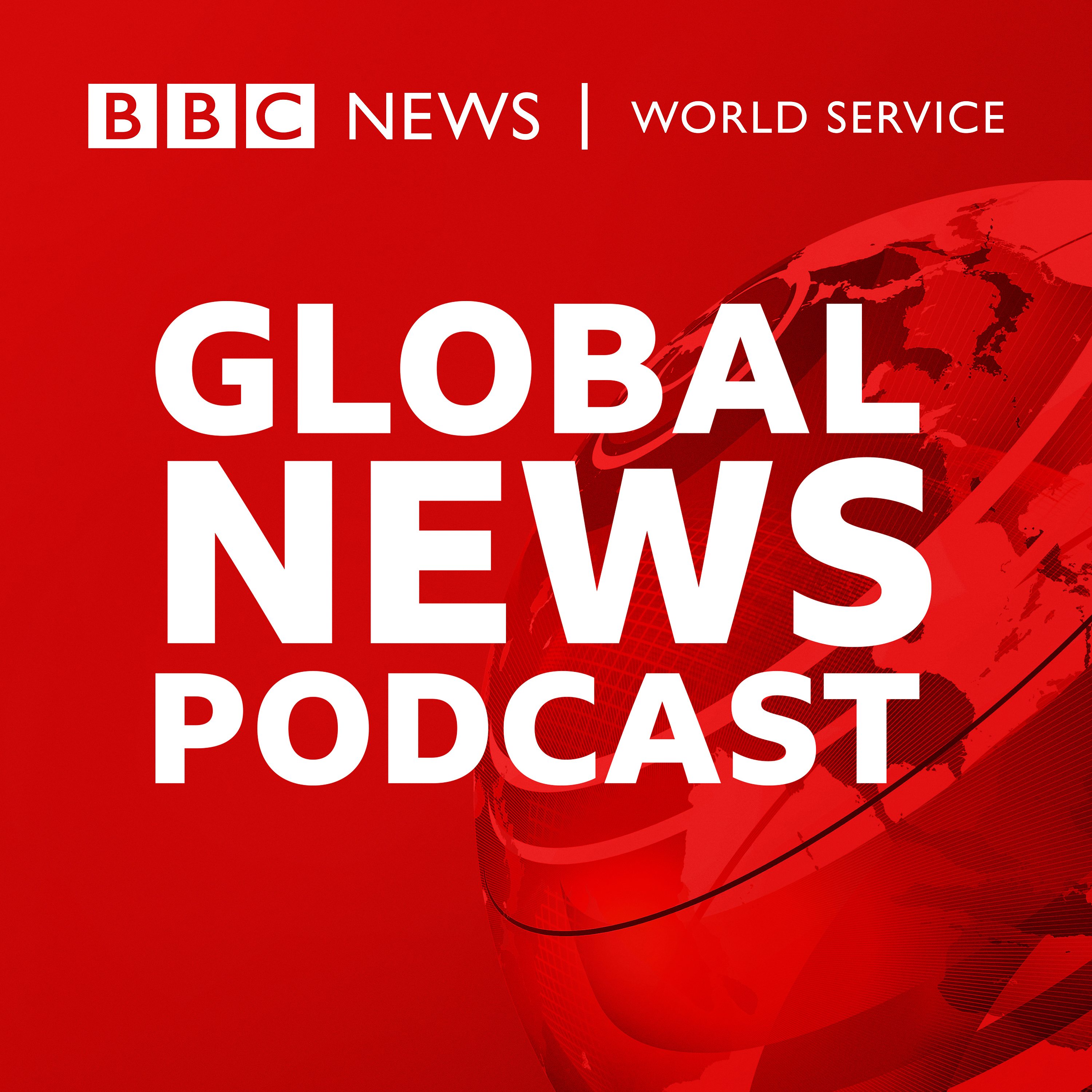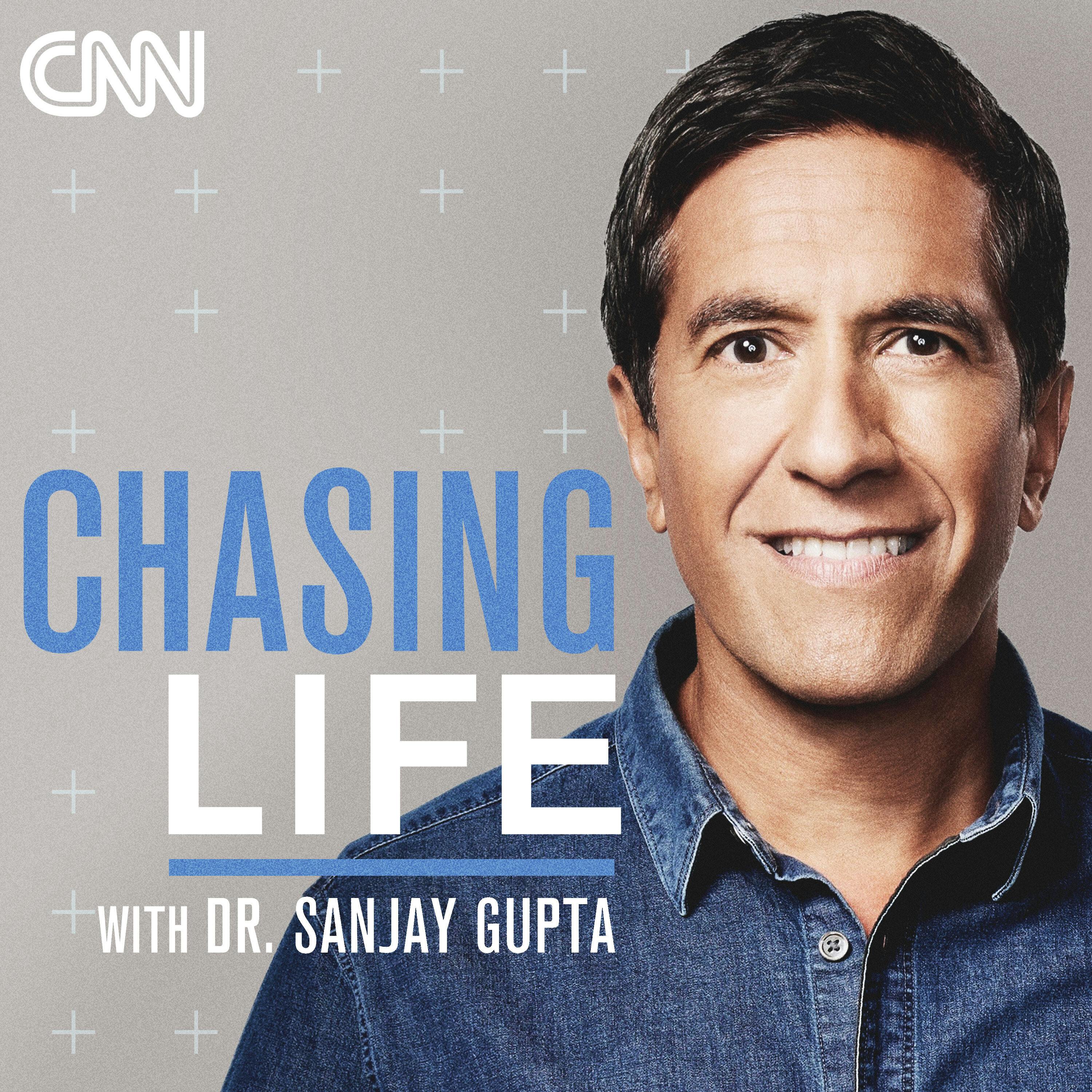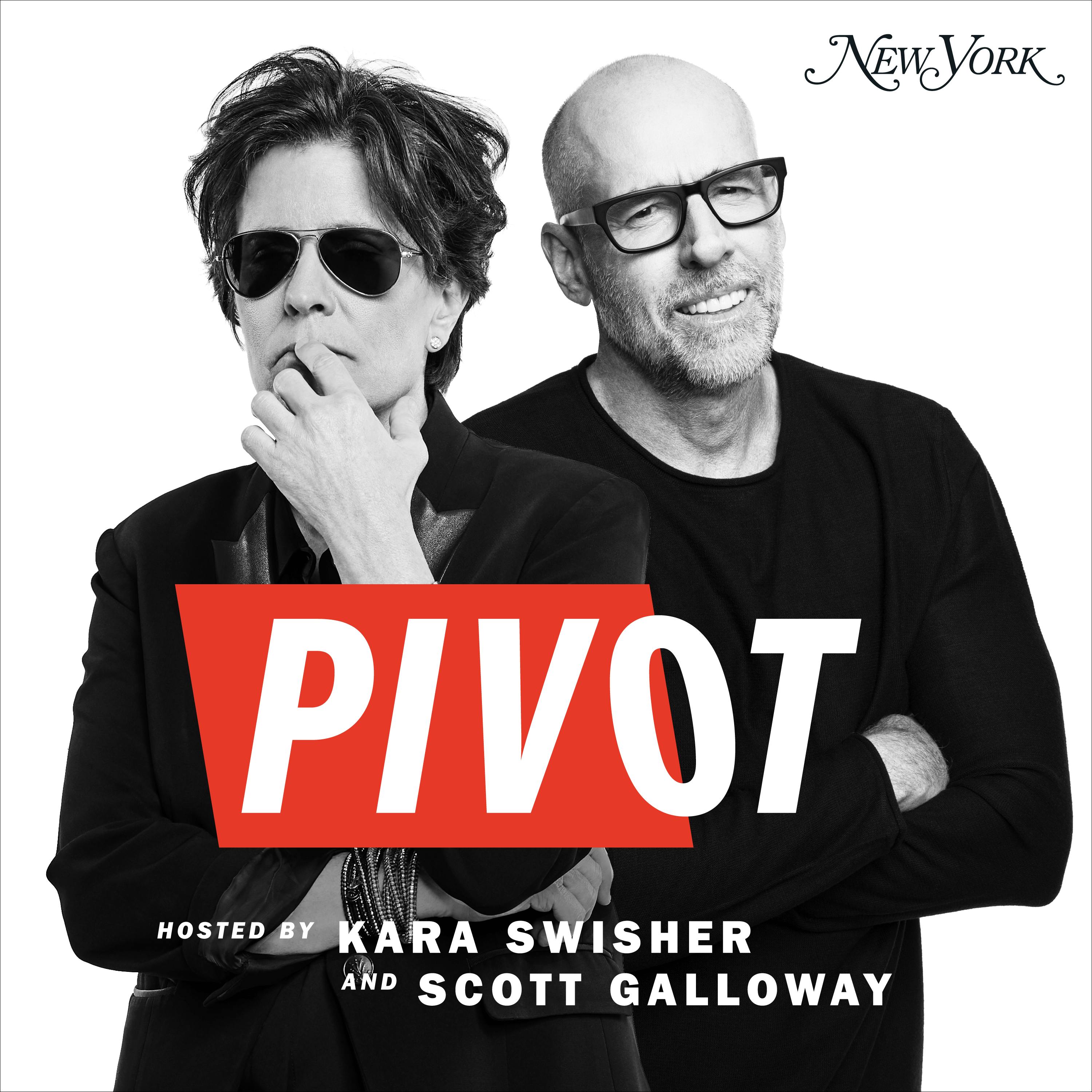
That's Life, I Swear
Every Wednesday, join Rick Barron as he unravels the intricate threads of life's most captivating stories. From heart-pounding political dramas to the awe-inspiring challenges of climate change, he explores the topics that shape our world and define our era.
But this isn't just another talk show. Rick delves deep into the human psyche, examining our beliefs, behaviors, and the obstacles we overcome. He celebrates our triumphs and embraces our imperfections, uncovering the profound lessons hidden in everyday experiences.
The episodes are a journey of self-discovery as he shares stories that mirror our collective identity. These tales aren't just entertaining – they're a reflection of who we are, who we were, and who we aspire to be. They carry the weight of our ancestral legacy, the fire of our dreams, and the depths of our pain.
With each episode, you'll confront your deepest anxieties about yourself, your place in the world, and the future that awaits us all. In understanding these complexities, you'll find inspiration, connection, and perhaps even transformation.
"That's Life, I Swear" isn't just a podcast – it's a weekly rendezvous with the extraordinary nature of ordinary life. Subscribe now, wherever you get your podcasts, and join Rick on this unforgettable exploration of the human experience. After all, that's life, I swear.
That's Life, I Swear
Old McDonald Had A Farm…On Water
Text us your thoughts on the podcast
Margot Fraser played a pivotal role in making Birkenstock sandals popular. What's even more incredible, is that she knew absolutely nothing about shoes.
supporting links
1. Floating Farm [Beyond Borders]
2. Floating Ecosystems [Biomatrix Water]
3. Floating farms of the future [YouTube]
4. How floating farms are helping Bangladesh [The Japan Times]
5. The Future of Food is Floating… So How do we Sell it? [Wharton]
6. Vertical Farming [Eden Green]
7. In Mexico City, the pandemic revived Aztec-era island farms [National Geographic]
8. Circular Economy [Climate Promise]
Contact That's Life, I Swear
- Visit my website: https://www.thatslifeiswear.com
- Tweet us at @RedPhantom
- Email us at https://www.thatslifeiswear.com/contact/
- If you like to leave a review for an episode, please submit on Apple Podcast or on my website
- Do you have topics of interest you'd like to hear for future podcasts? If so, please email us at: https://www.thatslifeiswear.com/contact/
Listen to podcast audios
- Apple https://apple.co/3MAFxhb
- Spotify https://spoti.fi/3xCzww4
- My Website: https://bit.ly/39CE9MB
Other
- Music and/or Sound Effects are courtesy of Pixabay
Thank you for following the That's Life I Swear podcast!!
⏱️ 12 min read
Cows, pigs, chickens walking about on a boat. It’s not Noah’s Ark, but rather a new concept in farming. Think of a farm not on land, but instead, floating on water.
Welcome to That's Life, I Swear. This podcast is about life's happenings in this world that conjure up such words as intriguing, frightening, life-changing, inspiring, and more. I'm Rick Barron your host.
That said, here's the rest of this story
Perched atop a three-tiered structure nestled near downtown Rotterdam, a novel agricultural venture unfolds, challenging traditional farming methods. Brown and white cows, affectionately dubbed "upcycle ladies," leisurely graze on hay cascading from a conveyor belt suspended above them. Meanwhile, remnants of oranges salvaged from local juice machines find a second life as nourishment for these contented cows. The setting is none other than the Floating Farm, a groundbreaking enterprise that has been afloat since 2019 and proudly claims to be the world's inaugural floating farm.
In the wake of Hurricane Sandy in 2012, that hit the United States eastern seaboard and New York in particular, Peter and Minke van Wingerden embarked on an ambitious venture that would redefine traditional farming practices.
It was from the results of Hurricane Sandy, that Peter took note of the food shortages that developed in New York. With that line of thinking, Peter and Minke sought innovative solutions to reconsider conventional farming methods. This unconventional farming approach is gaining renewed attention worldwide as a response to the dual challenges of ensuring food security and mitigating the impacts of climate change.
The result is the Floating Farm, a groundbreaking dairy farm deliberately positioned to adapt to the ebb and flow of the tides in Merwehaven Harbor, in the Netherlands. This innovative approach not only demonstrates resilience in the face of climate challenges but also establishes a sustainable model for local agriculture.
Unlike conventional farms, the Floating Farm prioritizes proximity to its consumer base, reducing the need for extensive transportation of goods. This intentional localization not only supports the community but also minimizes the farm's carbon footprint, aligning with its commitment to environmental responsibility. The farm's location allows it to sway with the harbor's tides, showcasing a dynamic and adaptive approach to climate fluctuations.
Renewable energy takes center stage in the Floating Farm's operations. Multiple sources power the facility, ensuring a reduced reliance on conventional energy grids. Rainwater, a valuable resource, is carefully collected, filtered, and reused, further contributing to the farm's
self-sufficiency and environmental stewardship.
Embracing a circular economy, the Floating Farm transforms local food waste into a valuable resource. Donations of discarded food items find purpose as nourishment for the farm's cattle, creating a sustainable and closed-loop system. Beyond nourishing the cows, the farm innovatively processes their manure into pellets, providing an additional revenue stream while minimizing waste.
While the Floating Farm is renowned for its dairy products, it also pioneers vertical farming—a forward-looking agricultural system. This vertical approach optimizes space, enabling the cultivation of crops indoors in a controlled environment. With an eye toward the future, the farm envisions expanding its vertical farming operations, diversifying its agricultural output.
This unconventional approach to agriculture that Peter and Minke have taken on, while innovative, is not an entirely new concept. Throughout history, attempts to cultivate crops on or in water have surfaced sporadically, with the Aztecs being early pioneers, creating artificial islets for agricultural purposes in what is now Mexico.
Beyond the picturesque scene of cows grazing on the upper deck, the Floating Farm features cutting-edge machinery, such as automated milking devices and robotic units designed to manage and repurpose cow manure into organic fertilizer.
While the Dutch Floating Farm stands as a beacon of agricultural ingenuity, similar initiatives are sprouting in coastal and low-lying around the world. One area in particular are the regions of India and Bangladesh. The South Asian Forum for Environment, based in Kolkata, West Bengal, India; has embraced the age-old practice of floating rafts to combat the perennial threat of monsoon floods. These bamboo rafts, bolstered by technological enhancements, serve as resilient platforms for cultivating a variety of crops, from medicinal plants to spinach and chilies. Notably, the organization has collaborated with local research institutes to provide farmers with climate-resilient seeds, equipping them to combat pests during extreme weather events.
Amrita Chatterjee, the Communications Director of the South Asian Forum for Environment, acknowledges that float farming demands a departure from conventional agricultural practices, requiring patience for adaptation. The organization refers to their technological improvements as “climate-resilient float farming.”
Nevertheless, the success of these floating rafts is evident in the increasing number of such farms, which has more than doubled to 500 in just a few years. Beyond crop cultivation, these floating platforms also offer a space for rearing crabs in floating boxes, showcasing the versatility of this innovative farming approach.
In the face of erratic monsoons and unforeseen calamities, such as cyclones and pandemics, these floating rafts have proven instrumental in ensuring food security for local communities. During the cyclone and COVID-19 double whammy that struck West Bengal in 2020, the float farms provided a reliable source of sustenance for farmers and their families. Presently, farmers not only feed themselves but also contribute surplus produce to local markets, signaling a promising shift toward commercial viability.
The scalability of floating farms in Southeast Asia is a topic of consideration for the coming decades, albeit with potential hurdles in technology adoption. Craig Jenkins, an academy professor of sociology at Ohio State University, points out that while coastal areas house a significant portion of the world's population, not all communities within these areas farm in flood- or storm-prone zones. This consideration may impact the cost-effectiveness of investing in floating farms compared to alternative solutions like floating housing to address sea level rise.
The pioneers of the Floating Farm in Rotterdam, emphasize the multifaceted reasons behind their aquatic agricultural venture. These would be:
· Rapid urbanization
· Intensifying impacts of climate change
· Heavy rainfall and flooding, necessitates innovative approaches to food production
The Floating Farm founders believe that their approach is climate-adaptive, providing a sustainable means of feeding urban populations while minimizing carbon footprints.
Jake Boswell, an associate professor of landscape architecture at Ohio State University, acknowledges the uniqueness of the Rotterdam Floating Farm but questions its scalability as a project. He suggests that success may vary by region, with factors like local population density and the prevalence of flood-prone areas influencing the feasibility of floating farms.
Despite these uncertainties, the concept resonates as an intriguing demonstration of creative
problem-solving in the face of environmental challenges.
Daniel Petrovics, a Ph.D. candidate at the University of Amsterdam, draws parallels between the challenges faced by floating farms and vertical farms. Scaling these interventions to significantly contribute to urban food system sustainability requires careful consideration of local diets, stakeholder interests, and the potential impact on alleviating food poverty. As Petrovics notes, the success of these initiatives hinges on whether they serve as practical solutions or mere gimmicks driven by corporate interests.
Looking ahead, the Dutch Floating Farm is not content to rest on the laurels of its cow occupants. Plans are underway to expand the venture by introducing a second floating farm in the same harbor, focusing on vertical agriculture. This evolution involves cultivating vegetables indoors, utilizing stacks of growing beds illuminated by artificial lights and irrigated with water purified, in part, through the utilization of heat generated from the cows' manure.
Minke Van Wingerden envisions agriculture on water as a proactive response to rising sea levels and flooding. By bringing food production closer to urban centers, the Floating Farm aims to reduce carbon footprints while ensuring a steady supply of fresh and healthy food. The integration of vertical agriculture further underscores the adaptability of the concept to diverse environmental challenges.
Floating Farm in Rotterdam and its counterparts in South Asia epitomize a paradigm shift in agricultural practices. These innovative approaches not only address immediate concerns like food security but also respond to the broader challenges posed by climate change.
As the world grapples with the need for sustainable and resilient food production systems, these floating farms serve as inspiring examples of human ingenuity and adaptability in the face of an ever-changing environment.
While questions of scalability and practicality linger, the undeniable potential of floating farms to revolutionize agriculture on a global scale cannot be overlooked. The journey from Rotterdam's floating cows to South Asia's resilient floating rafts marks a promising chapter in the ongoing narrative of sustainable and climate-resilient agriculture.
What can we learn from this story? What's the takeaway?
Both The South Asian Forum for Environment, and the Floating Farm emerge as a beacon of ingenuity in sustainable agriculture, born from the realization that traditional farming methods may not suffice in an era of climate uncertainty.
The van Wingerdens' vision extends beyond mere dairy production; it encompasses a holistic, adaptive, and environmentally conscious farming paradigm. As climate change continues to impact agricultural landscapes, the Floating Farm stands as a testament to the possibilities of marrying innovation with tradition, steering the course toward a more resilient and sustainable future.
Well, there you go, my friends; that's life, I swear
For further information regarding the material covered in this episode, I invite you to visit my website, which you can find on either Apple Podcasts/iTunes, for show notes calling out key pieces of content mentioned and the episode transcript.
As always, I thank you for listening and your interest.
Be sure to subscribe here or wherever you get your podcast so you don't miss an episode. See you soon.









